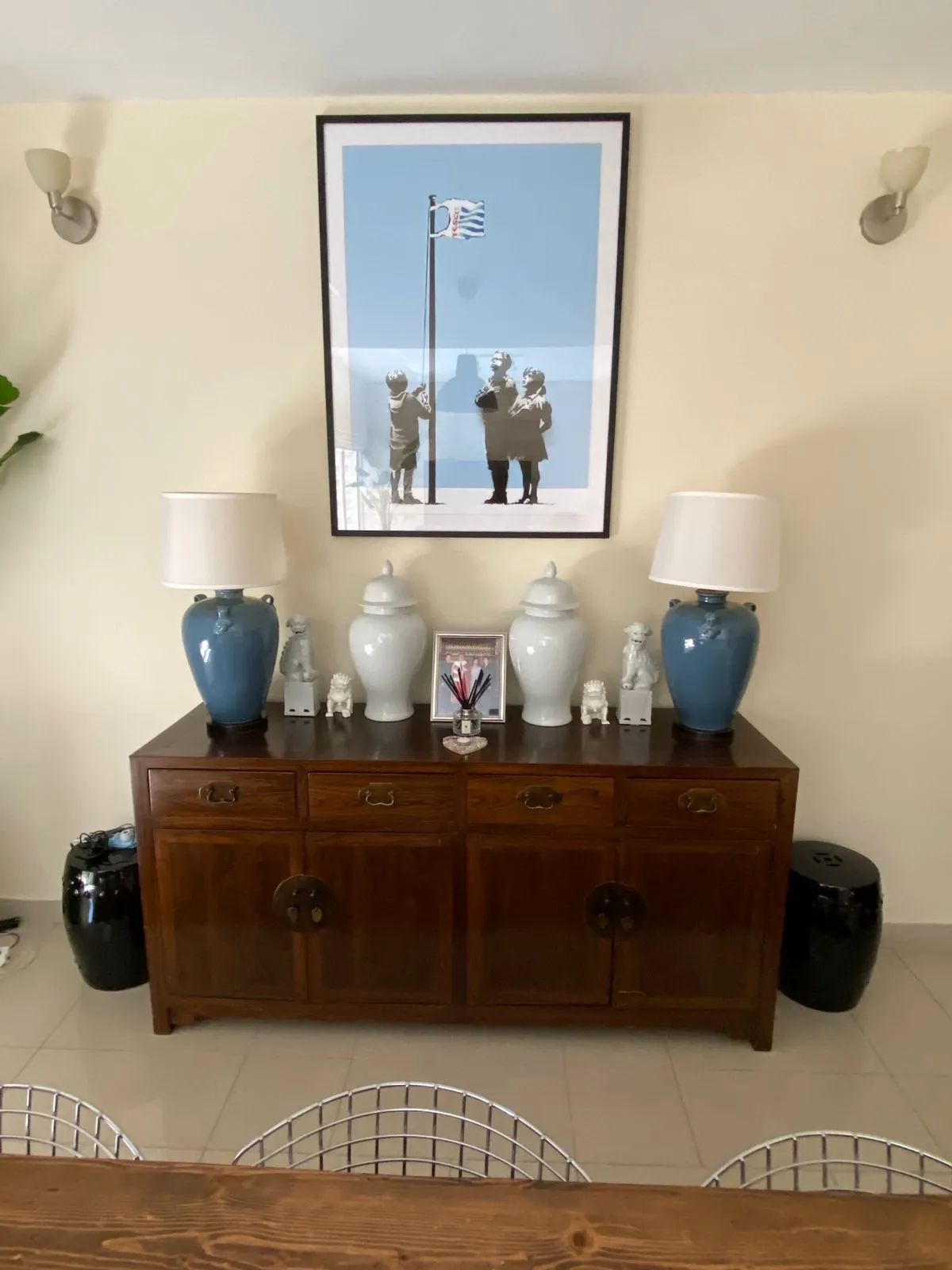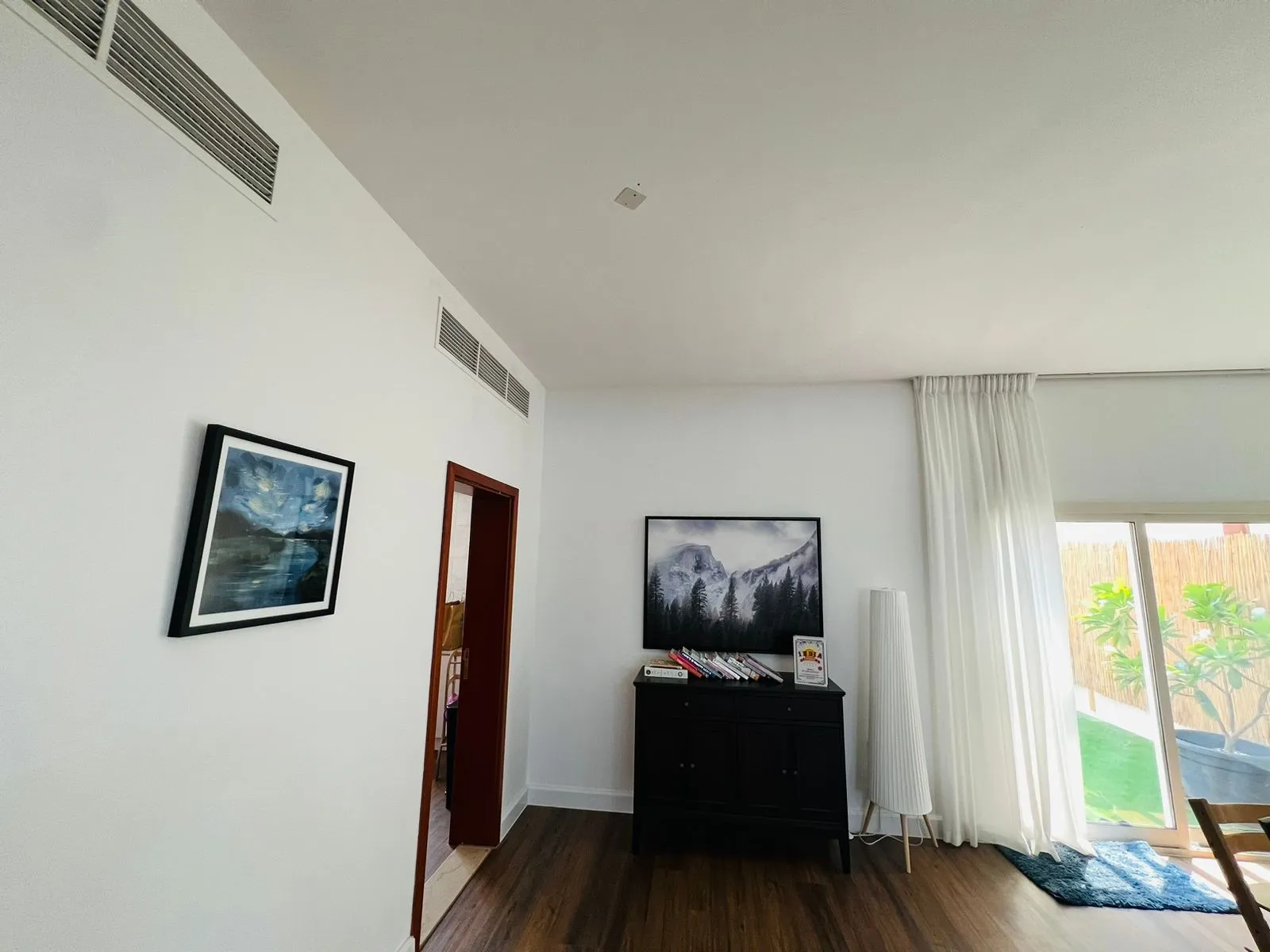The UATS blog showcases to Explore the How to Restore the Shine of Wooden Furniture with Polish

few more Images of Restore Wooden Furniture Polish | Step-by-Step Guide



How to Restore the Shine of Wood Furniture Polish
Wooden furniture adds warmth and elegance to any space, but over time, it can lose its luster due to wear, dust, and exposure to the elements. Restoring the shine of wooden furniture is a task that requires careful preparation and the right techniques. In this article, brought to you by Umar Abdullah Technical Services L.L.C., we'll guide you through the process of rejuvenating your wooden furniture polish, ensuring it regains its original beauty and charm.
Assess the Condition of the Furniture
Before you begin the polishing process, it's essential to assess the condition of your wooden furniture. This will help you determine the best approach to restoration.
Check for scratches and dents: Inspect the surface for any visible scratches, dents, or gouges. Minor surface scratches can often be minimized or hidden with polish, but deeper imperfections may require additional repair.
Look for signs of wear: Over time, wooden furniture can develop worn spots where the finish has thinned or faded. These areas may need special attention during the polishing process.
Identify the type of finish: Understanding the type of finish on your furniture (e.g., varnish, lacquer, shellac) will guide you in choosing the appropriate polish and method for restoration.
Clean the Furniture
Cleaning is a crucial step before applying any polish. Dust, dirt, and grime can interfere with the polishing process and lead to a dull finish.
Repair Minor Damage
If your furniture has minor scratches or wear, addressing these issues before polishing can help achieve a more even and polished finish.
Choose the Right Polish
Selecting the appropriate polish for your wooden furniture is key to restoring its shine. Different types of wood and finishes require different polishing products.
Apply the Polish
Once you've chosen the right polish, it's time to apply it to your furniture. The application process may vary slightly depending on the type of polish you’re using.
Buff the Furniture
Buffing is the final step that highlights the shine and ensures a smooth, polished surface.
Maintain the Shine
To keep your wooden furniture looking its best, regular maintenance is essential.
By following these steps, you can restore the shine of your wooden furniture and keep it looking beautiful for years to come. Umar Abdullah Technical Services L.L.C. is dedicated to providing expert furniture restoration and maintenance services, ensuring that your treasured pieces continue enhancing your living spaces.
This article is brought to you by Umar Abdullah Technical Services L.L.C.